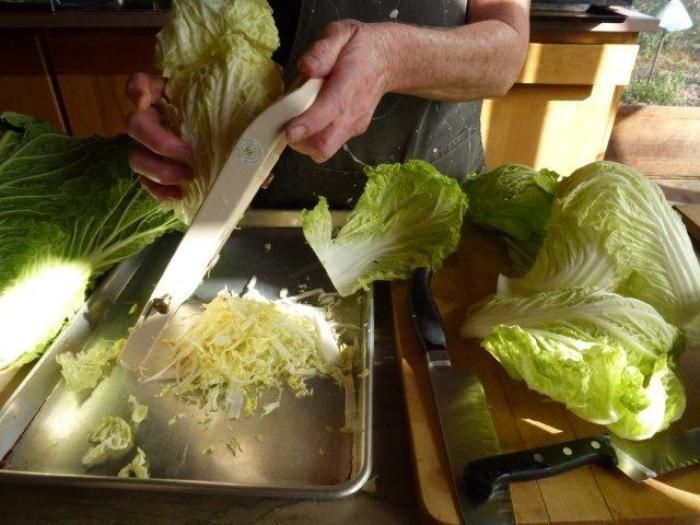
I like cabbage. I grow cabbage, however in small quantities. My neighboring farmer, Denise Sharp, and I had talked about getting together and making sauerkraut–so when she called and said she was coming over with cabbages–I cleared the kitchen counters and got out large bowls and canning jars, cutting boards, knives and graters.
She arrived with a carload of cabbages, beets with greens, kohlrabi, food-grade buckets, compost buckets and more. We lugged crates of produce to the back porch, where it was cold enough to store them and have easy access as we needed produce, etc. Denise had made sauerkraut before, using the old-fashioned, large-crock method. Many years ago, I tried this method and when I removed the weighted plate and found grey-black, wicked-smelling mold, I naively tossed the whole fermenting mass of kraut into the compost.
I really enjoy eating sauerkraut, especially on veggie reubens and with mashed potatoes, stuffing and mushroom gravy, plus I know that fermented foods are good for us. I have purchased some small, “craft kraut” recently and was delighted with the variety and flavors: red beet and cabbage kraut (bright red!), dill and garlic kraut, and sauerkraut with gingerroot and seaweed. Also, in my travels last year, I sampled some horseradish and leek kraut, jalapeno kraut and even had a shooter of sauerkraut juice, which folks were lining up for at the Santa Cruz farmers’ market. I’ll tell you, that shooter of jalapeno sauerkraut juice broke me out in a sweat and gave me a buzz like a cup of high-caffeinated coffee!
So I have wanted to be able to make my own for some time, however I have been reluctant after my first failure. Recently, when I was in Arkansas, I co-taught a preserving class with Jeanette Larson at the Ozark Folk Center. Jeanette makes sauerkraut regularly and she has an easy and simple method, which she showed us-so with her recipe and Denise’s experience-I was primed for a positive sauerkraut experience.
Unfortunately, after a recent nut-grinding experience, my food processor froze up and so I didn’t have my usual equipment for fast grating. However, I do have two Benriner slicers-a large one and a smaller one-which are efficient, Japanese tools for fast shredding and slicing. They are very much like a French mandolin, however the housing is heavy-duty plastic instead of stainless steel, which makes them a fraction of the cost; they do come with a warning that they are very sharp. (They can be purchased in Asian stores and marketplaces).
We had small red cabbages, heavy-headed common cabbages, and huge Napa-style cabbages to deal with. Washing and trimming off outer leaves took quite a bit of time. Since we had the least amount of red cabbages, we chopped them first, and we cut them in rather thick slices, chopping them with our chef’s knives. After salting it and leaving it in a bowl to stand for awhile, we filled large canning jars with the salted red cabbage. Using Jeanette’s method, we placed heavy-duty, zip-close bags partially filled with water on top of the cabbage, which works as a weight.
Next, we worked with the Benriner and sliced mounds and mounds of cabbage, filling the largest bowls I could find. We saved out larger leaves for making cabbage rolls. After reading through a number of sources in our preserving books and online sites, we layered with 3 % salt ratio. We let the grated cabbage sit with the salt, allowing it time to give off juice, which will eventually become the brine. We had so much cabbage we packed it into large, one-gallon jars and half-filled a three-gallon bucket. It amazed both of us, how many heads of cabbage could be packed into these containers.
We started on the Napa cabbage and made a one-gallon jar full and then decided to call it a day, since we had other commitments and Denise said she would come back to finish the next day. Working with another person on big projects like this is always more fun and makes the labor easier and faster.
The following day, when Denise arrived, I had cooked brown rice and made a sauté of onions, garlic and cabbage to which I added red lentils and cooked together to make a filling for cabbage rolls. We saved outer leaves for the cabbage rolls and Denise went to town on the Napa, cutting out the large, white ribs. They are so thick and fleshy that we didn’t think they would work well with the thin curly leaves in the kraut. Since we had a huge bowlful of ribs, I handcut them to make kimchi. Neither of us had ever made kimchi, although we both have eaten it many times; I looked up a few recipes and then created my own version. Denise salted another batch of kraut, while I rolled cabbage rolls. We also managed to cut the beets and kohlrabi and made the recipe ‘Sweet Pickled Kohlrabi and Beets’ from my friend and colleague Pat Crocker’s book, Preserving, published by William Morrow, 2011.
We both have a packed quart jar of hot kimchi in our refrigerators and enjoyed cabbage rolls for dinner (and I even froze some). There is a bucket of kraut and four large jars of kraut on the counter in the mudroom-I visit them everyday. After the first day, (and they started bubbling right away…) I put them on a big tray since some of the liquid was bubbling up and spilling over and this just makes the clean-up easier. They are gently bubbling and so far, no black mold. Today is 10 days later, and I did add a little water to some of the bags.
I am so excited to be serving homemade sauerkraut for Thanksgiving. Denise is coming by this week to pick some up for her family dinner. It will just barely be ready; supposedly it takes at least two weeks, or up to three or four to ferment. Here is the link for Jeanette’s Not Your Grandma’s Sauerkraut recipe. Thanks for sharing Jeanette! (For other classes that Jeanette teaches go to www.ozarkfolkcenter.com). (For finding out more about what Denise grows, her farm, tours, and events go to www.sharpfarm.com).
If you get started now, you can make your own sauerkraut for the upcoming holidays! It is even better if you make it with a gardening friend. I’ll post the recipe for the cabbage rolls soon. Meanwhile, I am thankful for the abundant garden bounty and Happy Thanksgiving to you and yours!
UPDATE: Here is the link to the Stuffed Cabbage Rolls! Looks complicated though it really isn’t! Makes a lot.
P.S. Sauerkraut was a smashing success for our Thanksgiving feast!
Fine Gardening Recommended Products
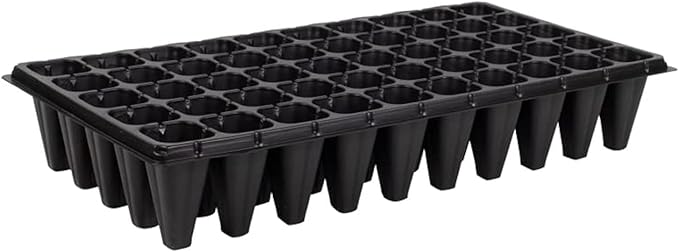
Nothers RooTrimmer 50 Cell, 10pcs
Fine Gardening receives a commission for items purchased through links on this site, including Amazon Associates and other affiliate advertising programs.

Ho-Mi Digger - Korean Triangle Blade
Fine Gardening receives a commission for items purchased through links on this site, including Amazon Associates and other affiliate advertising programs.

Razor-Back Potato/Refuse Hook
Fine Gardening receives a commission for items purchased through links on this site, including Amazon Associates and other affiliate advertising programs.


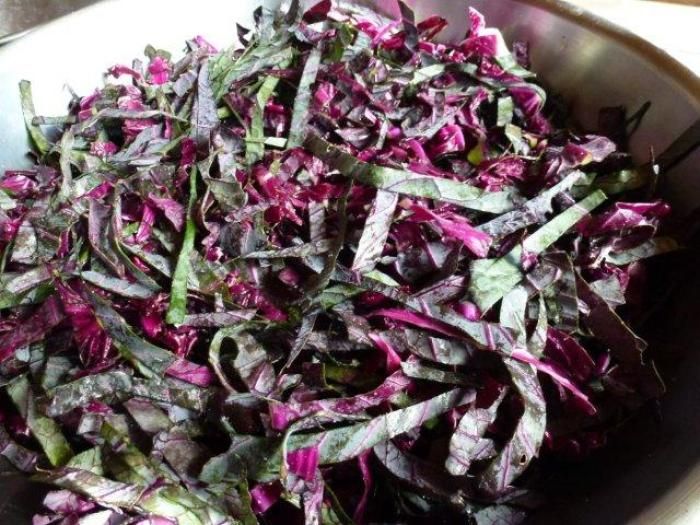

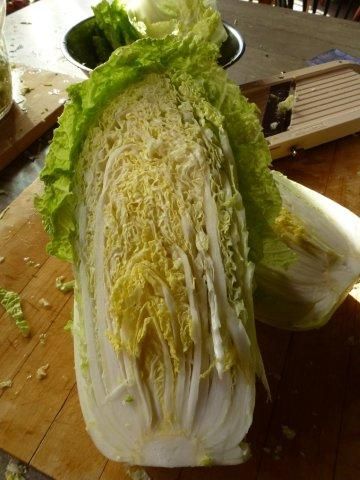
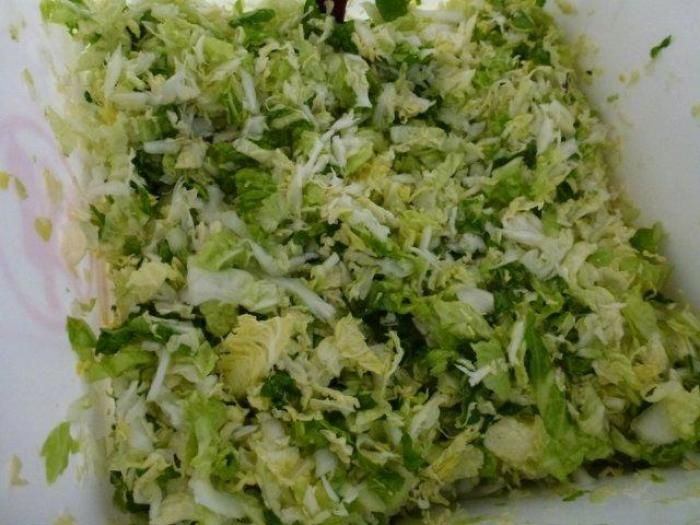

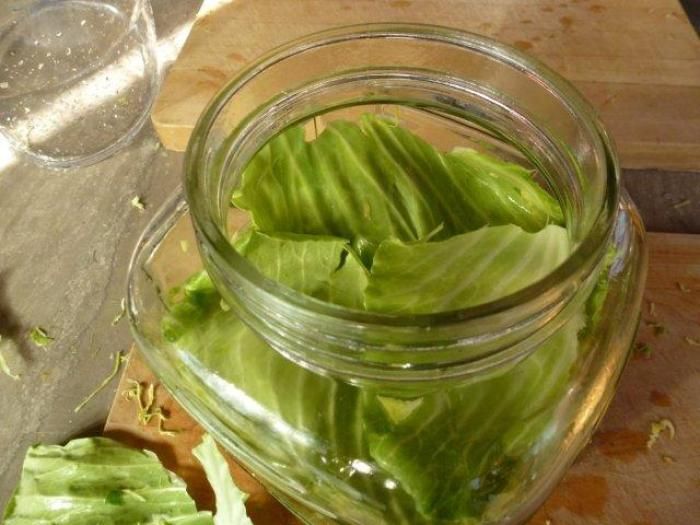
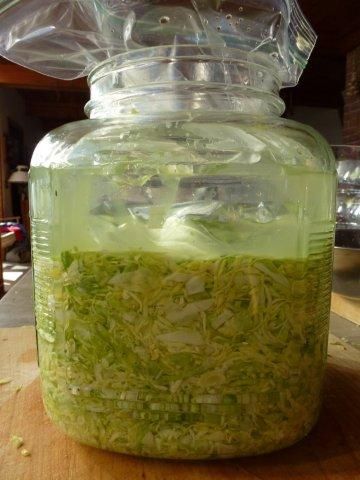
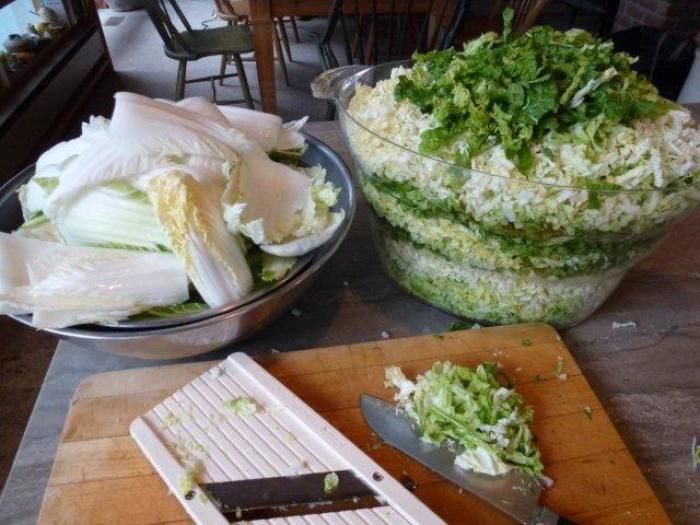

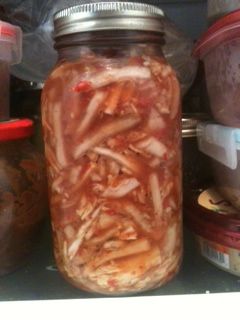
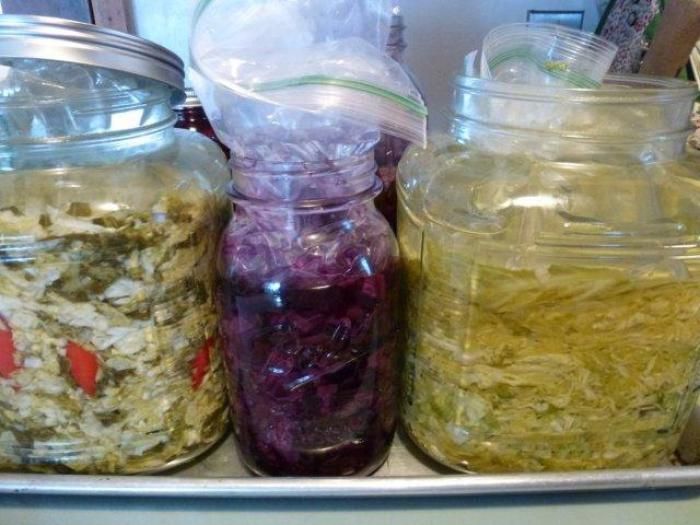



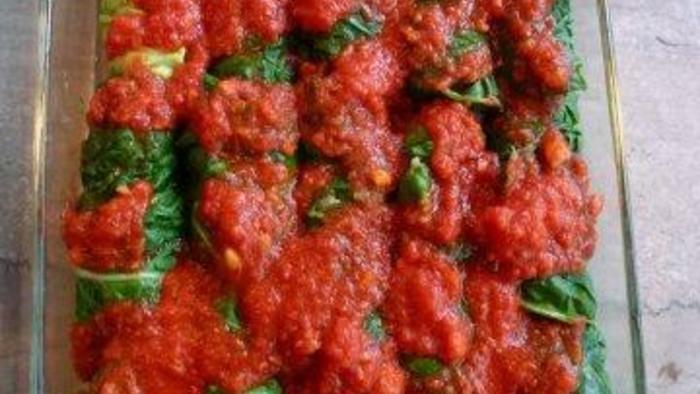













Comments
Log in or create an account to post a comment.
Sign up Log in